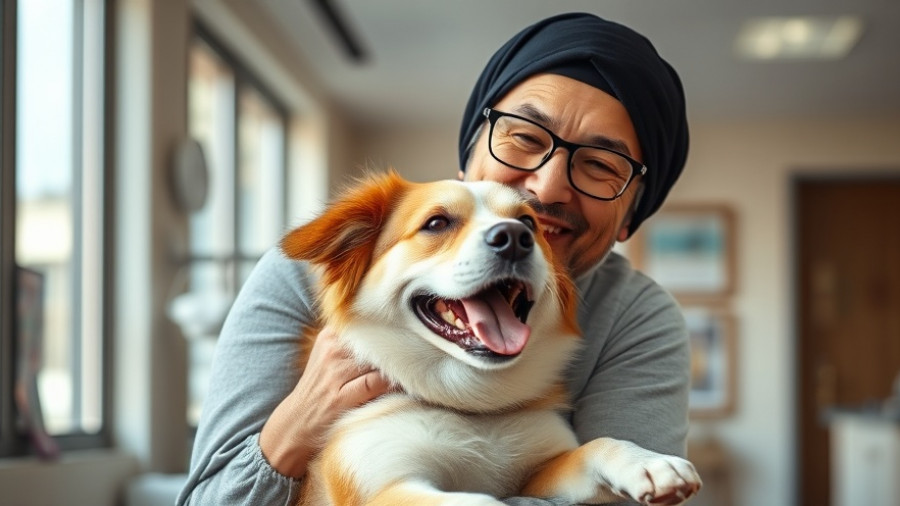
The Ripple Effect: How Pets for Patriots Transforms Lives
The mission of Pets for Patriots isn’t just about saving animals; it’s about healing hearts and forging connections. Over the years, they have built a bridge between veterans and shelter pets, creating an opportunity for both to find companionship and support. With their focus on the often-overlooked animals in shelters, like older dogs and cats with special needs, they not only save lives but enrich the lives of veterans and their families.
A Unique Approach to Adoption
Pets for Patriots partners with shelters and veterinary clinics to reduce or eliminate adoption fees for veterans. The program's structure includes a package of benefits designed to help these connections become permanent. This isn't just another adoption initiative; it embodies a commitment to lifelong companionship. By fostering ongoing support for adopters, especially during times of crisis, the program ensures that pets do not just find homes but find loving families to thrive in.
The Healing Power of Companion Animals
The presence of a pet can be transformative, especially for veterans who have faced the psychological impacts of service. Studies show that military personnel who adopt pets often experience a decrease in symptoms of PTSD, anxiety, and depression, similar to findings from other organizations like K9s For Warriors. These therapeutic benefits help to restore a sense of normalcy, as seen in the stories of veterans who have turned their lives around with the love of a four-legged companion.
Heartwarming Stories of Transformation
Take Justin, for instance. After serving in Iraq, thoughts of his experiences haunted him, placing barriers between him and his loved ones. When Nyx, a shelter dog, entered his life, she not only offered love but a profound connection that acted as emotional support, helping Justin feel whole again. Similarly, Sherry, who faced the loss of her emotional support dog, found companionship and joy with Buddy, despite his chronic health issues. These are clear examples of how shelter pets can profoundly impact veterans, echoing the sentiments shared in programs focused on veterans and their pets.
Beyond Adoption: Community Impact
The influence of Pets for Patriots goes beyond individual stories; it creates ripples in the community. Families see improved relationships as the responsibility of caring for a pet fosters bonding. Children grow up learning empathy and compassion. Moreover, neighborhoods benefit as veterans emerge more engaged and connected through shared activities, further promoting a culture of support and responsibility.
Conclusion: Join the Movement
Organizations like Pets for Patriots and K9s For Warriors showcase the vital role of animal companions in the healing process of veterans. The partnerships they create not only save lives at both ends of the leash but forge an enduring bond between humans and animals. For pet owners, supporting these initiatives can amplify their impact in the community. Consider adopting a pet, supporting local shelters, or engaging with organizations that uplift our veterans and help provide animals with the homes they deserve.
 Add Row
Add Row  Add
Add 




Write A Comment